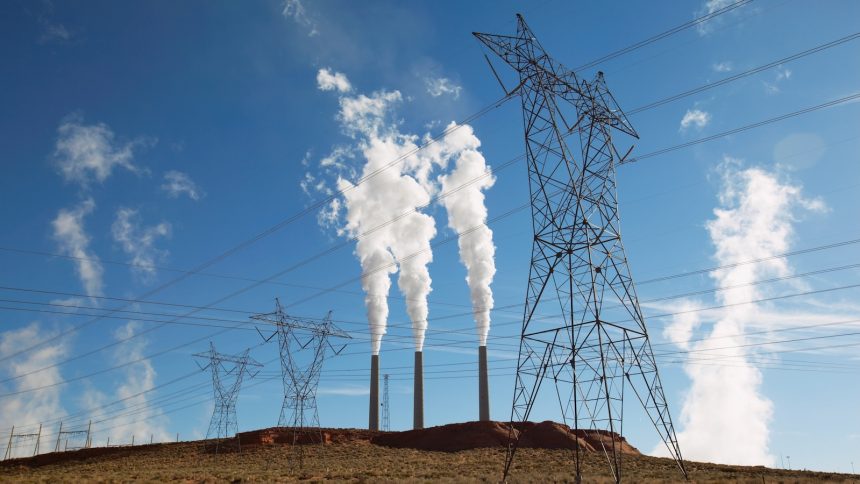Recently, the Supreme Court made a controversial decision to halt the Environmental Protection Agency’s “Good Neighbor” rule, which aimed to reduce air pollution that travels across state lines. The ruling was met with criticism from environmental advocates, who fear the implications for public health and the environment. This decision highlights the court’s stance on environmental regulations and sets a precedent for future challenges to federal policies.
The ruling, which was based on a lack of adequate explanation by the EPA, has raised concerns about the impact on millions of people breathing polluted air this summer. The EPA’s Good Neighbor plan was designed to comply with stricter air quality standards set by the Clean Air Act, but the Supreme Court’s intervention has put the plan on hold for now.
The court’s decision has sparked debate among legal experts and environmentalists, with some viewing it as a departure from the normal judicial review process. The case’s journey through the emergency docket and the lack of consideration for public health effects have raised questions about the transparency and fairness of the ruling.
Moving forward, the Supreme Court’s stance on environmental policies, especially in emergency cases, will likely shape the future of air quality regulations and other environmental protections. The implications of this decision for downwind states facing pollution and the potential for increased health risks are significant and underscore the importance of robust environmental policies.






